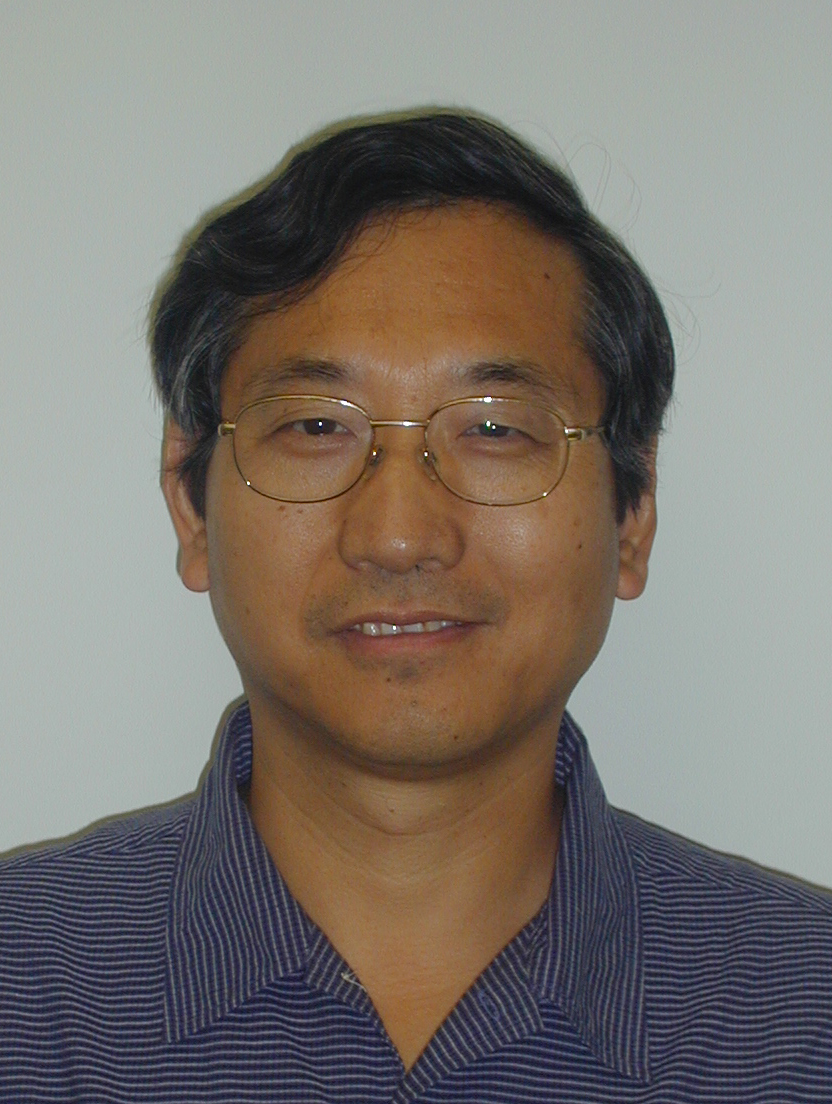





[Download the PDF Call for Papers]
Deep learning is the hottest topic in AI related research community in last decade, despite DL receive excellent performance in many AI tasks like image classification and nature language processing, its power consumption with GPU platform is too high and limited its usage in energy-sensitive application. On the other hand, recently designed deep networks tend to have more stacked layers, for example, the ResNet, which won the champion in the famous Imagenet Large Scale Image Recognition challenge, have more than 100 network layers and 1 million parameters. The goal of the symposium is to bridge the gap between signal process and deep learning, since a thorough understanding of the parallelism in deep learning algorithms and design limitation of hardware is the key to a successful combined research. The Symposium on Signal Processing for Accelerating Deep Learning will explore the connection between information theory and deep learning, especially will focus on the techniques that will accelerate the deep learning methods in real world applications. This symposium aims to inspire new theoretical methods and new special hardware design for deep learning acceleration. The symposium will be a public forum for researchers to present their most recent works and discuss the future directions, and more importantly, to inspire new idea and promote the theoretical research in deep learning.

Ryerson University
Abstract
Information fusion is the process of coherently and intelligently combining knowledge extracted from different sensors/modalities, in order to btain more useful or discriminant information for the purpose of multimedia processing and biometrics, among others.
The key to successful information fusion is to intelligently exploit the intrinsic relations between the data of different modalities. Statistical machine learning (SML) methods have played a major role in developing new information fusion methods and techniques, by incorporating prior knowledge and entropy metric, correlation analysis, inherent statistical structures of input data, and nonlinear relations. SML methods are normally solidly rooted in mathematics and statistics. On the other hand, the recent development of deep learning (DL) neural networks also draw enormous attention from the machine learning community. DL algorithms are deep and supervised, requiring a large amount of labeled data to train the huge number of parameters, an ultra-expensive process. However, the payoff is also enormous; unprecedented success in image recognition and other application domains.
This talk will first review recent development of SML and DL in the context of information fusion, then analyze the pros and cons of the two branches of machine learning, and compare the performance of the two via a number of application examples. Based on preliminary results, some thoughts are presented on how SML and DL can work together to bring the study in machine learning to the next level, better serving human needs.
Biography
Ling Guan (S’88-M’90-SM’96-F’08) received his Ph.D. Degree in Electrical Engineering from the University of British Columbia, Canada in 1989. He is currently a professor in the Department of Electrical and Computer Engineering at Ryerson University, Toronto, Canada. In 2001, he was appointed to a Tier I Canada Research Chair in Multimedia and Computer Technology. He held visiting positions at British Telecom (1994), Tokyo Institute of Technology (1999), Princeton University (2000), National ICT Australia (2007), Hong Kong Polytechnic University (2008-09) and Microsoft Research Asia (2002, 2009, 2017). Dr. Guan has published extensively in multimedia processing and communications, human-centered computing, machine learning, adaptive image and signal processing, and more recently, multimedia computing in the immersive environment. Dr. Guan is an Elected Member of the Canadian Academy of Engineering, an IEEE Circuits and System Society Distinguished Lecturer, and the recipient of 2014 IEEE Canada C.C. Gotlieb Computer Medal and the 2005 IEEE Transactions on Circuits and Systems Best Paper Award.
| Wednesday, November 15 | |
| 09:40 - 10:30 | |
| ADL-DST.1: Distinguished Speaker - Ling Guan, Ryerson University | |
| 11:00 - 12:30 | |
| ADL-O.1: Signal Processing for Accelerating Deep Learning I | |
| 14:00 - 15:30 | |
| ADL-O.2: Signal Processing for Accelerating Deep Learning II | |
Submissions are welcome on topics including:
Prospective authors are invited to submit full-length papers (up to 4 pages for technical content, an optional 5th page containing only references) and extended abstracts (up to 2 pages, for paperless industry presentations and Ongoing Work presentations). Manuscripts should be original (not submitted/published anywhere else) and written in accordance with the standard IEEE double-column paper template. Accepted full-length papers will be indexed on IEEE Xplore. Accepted abstracts will not be indexed in IEEE Xplore, however the abstracts and/or the presentations will be included in the IEEE SPS SigPort. Accepted papers and abstracts will be scheduled in lecture and poster sessions. Submission is through the GlobalSIP website at http://2017.ieeeglobalsip.org/Papers.asp.
Notice: The IEEE Signal Processing Society enforces a “no-show” policy. Any accepted paper included in the final program is expected to have at least one author or qualified proxy attend and present the paper at the conference. Authors of the accepted papers included in the final program who do not attend the conference will be subscribed to a “No-Show List”, compiled by the Society. The “no-show” papers will not be published by IEEE on IEEEXplore or other public access forums, but these papers will be distributed as part of the on-site electronic proceedings and the copyright of these papers will belong to the IEEE.
| Paper Submission Deadline | June 2, 2017 |
| Review Results Announced | July 17, 2017 |
| Camera-Ready Papers Due | August 5, 2017 |
C.-C. Jay Kuo, University of Southern California
Xiangyang Ji, Tsinghua University
Qixiang Ye, University of Chinese Academy of Science
Yu Wang, Tsinghua University